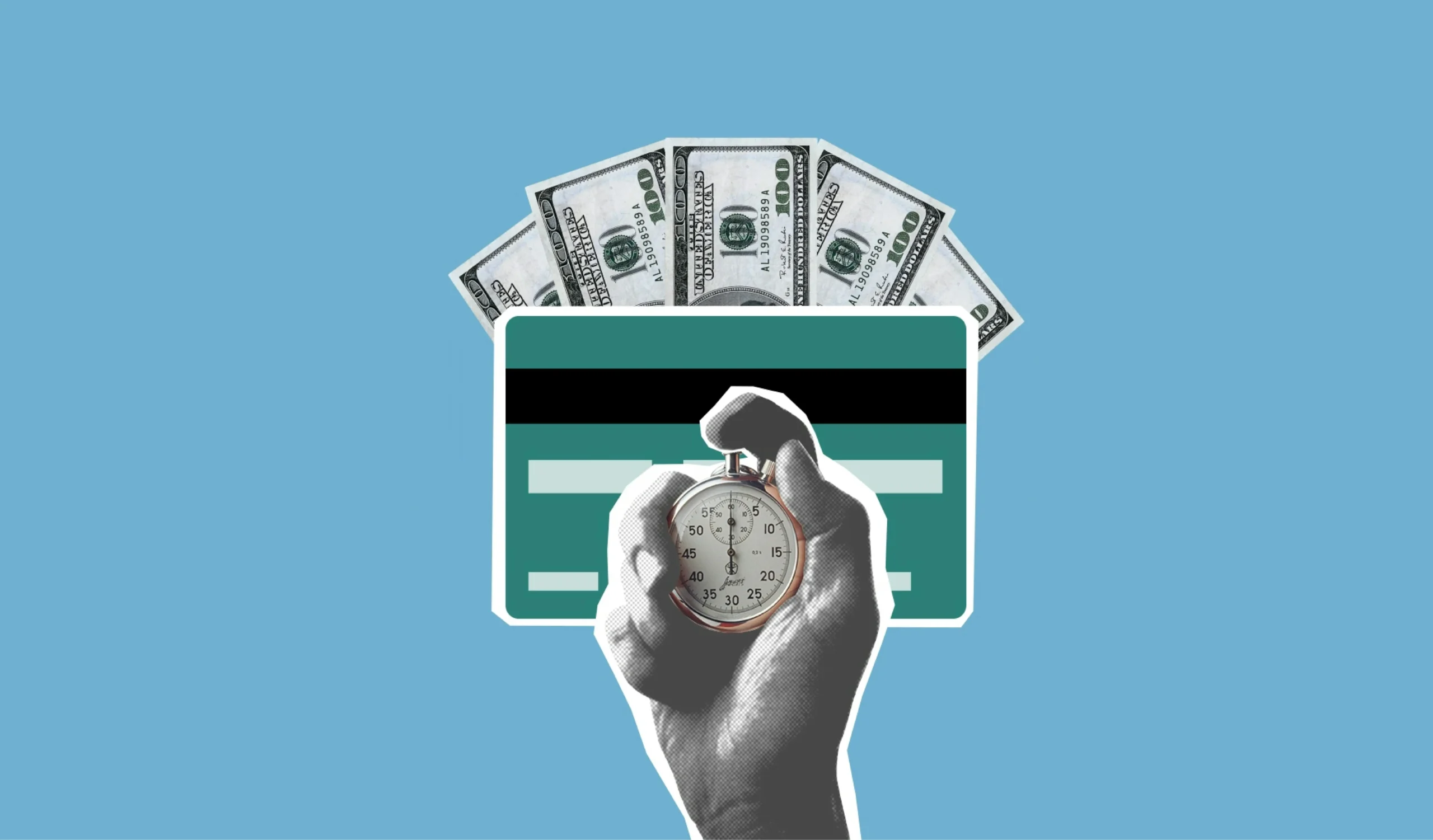Dealing with credit card debt can feel like being stuck in quicksand. Many households carry an average of $6,000 or more in credit card balances, which can weigh heavily on your finances. High-interest rates can make paying off debt take years instead of months. Creating a clear, easy-to-follow plan can help you get out of debt faster and reduce stress. This article shows simple steps anyone can use to regain control of their money and pay off credit cards quickly.
The Importance of Understanding Your Credit Card Debt
Why Knowing Your Debt Details Is the First Step
Before you can start paying off your credit card debt, you need to know what you owe. Gather all your statements and list each card’s total balance. Write down the interest rate for each account and the minimum monthly payment. Use apps or spreadsheets to keep track. Seeing the full picture helps you plan better.
Knowing your debt details shows where your money goes and highlights the biggest problems. For example, a credit card with a 25% interest rate costs you much more than one with 15%. Understanding these numbers helps you prioritize.
The Impact of High-Interest Rates
High-interest rates make your debt more expensive over time. Compound interest works against you, what you owe today grows faster if you don’t pay it off soon. For example, if you owe $1,000 at 20%, it can grow by hundreds of dollars if neglected.
The longer it takes to pay off these high-interest balances, the more money you spend just on interest. Paying more than the minimum each month is the best way to cut down this cost. It’s like pulling weeds, you get rid of the biggest ones first, so you see results faster.
Assessing Your Financial Situation
Conducting a Budget Review
Look at your income sources, paychecks, side gigs, or any extra cash. Then write down your monthly expenses like rent, groceries, and bills. Don’t forget to include small costs like streaming services or daily coffees. Once you see your full picture, find areas to cut back. For cheap entertainment or eating out less can free up cash to pay down your debt faster.
Calculating Your Debt-to-Income Ratio
Your debt-to-income ratio (DTI) shows how much of your income goes toward debt payments. Divide your total monthly debt payments by your gross monthly income to arrive at the result. For example, if you pay $300 a month on credit cards and earn $3,000 monthly, your DTI is 10%. You’re more likely to pay off debt faster and without financial strain if the ratio is lower.
Setting a Realistic Payoff Goal and Timeline
Use online debt calculators to set achievable goals. Want to pay off $6,000 in two years? Break that down into monthly payments. Think about your financial situation, can you afford to pay extra now? Shorter goals take discipline but save money on interest. Long-term goals are less stressful but cost more over time.
Creating a Simple Debt Repayment Plan
Choosing the Right Repayment Strategy
Two popular methods can help you wipe out credit card debt faster:
- Avalanche method: Focus on paying the card with the highest interest rate first. Proceed to the next highest once it has been paid off. This saves you the most money over time.
- Snowball method: Pay off the smallest balance first. This boosts your confidence with quick wins. Afterward, attack the bigger debts.
Both methods have pros and cons. Avalanche saves money on interest, while snowball builds momentum faster.
Prioritizing Your Debts
Start with high-interest cards; they drain your money the fastest. Keep making minimum payments on other accounts to avoid penalties. As you pay off each card, see your balances shrink. This visual progress motivates you to stay on track.
Automating Payments for Consistency
Set automatic payments for at least the minimum amount. Automating helps you avoid missed payments and late fees. Once you regularly make payments, you build good habits that lead to faster debt elimination.
Implementing Actionable Changes to Accelerate Debt Payoff
Reducing Expenses and Increasing Income
Cut unnecessary costs, cancel unused subscriptions or dine out less. Make larger debt payments using the money you’ve saved. Consider side gigs, selling unused items, or taking on extra work. Even small steps make a big difference.
Negotiating with Creditors
Call your credit card companies and ask if they can lower your interest rate or set up a payment plan. Sometimes, they’ll work with you if you explain your situation. Also, explore credit counseling services, which can help you manage payments and reduce interest rates.
Avoiding New Debt During the Payoff Period
Don’t use your credit cards for new purchases. Keep spending in check by creating a strict budget. Keep reminding yourself of your goal, adding new debt will only delay your success. Practice discipline and avoid temptation.
Tracking Progress and Adjusting Your Plan
Monitoring Your Debt Reduction Regularly
Update your debt tracker weekly or monthly. Celebrate small wins like paying off one card or reducing balances. Seeing progress keeps you motivated and focused.
Adjusting Strategies as Needed
Sometimes, your financial situation changes. If you get a raise, increase your payments. If things get tight, extend your timeline but keep paying something each month. Flexibility helps you stay committed and eventually reach your goal.
Conclusion
Getting out of credit card debt isn’t about quick fixes. It’s about understanding where you stand, making a realistic plan, and sticking to simple but disciplined steps. By knowing your debt, creating a straightforward repayment plan, and taking consistent action, you can pay off your cards faster than you think. Start today—small, steady efforts lead to lasting financial freedom.

